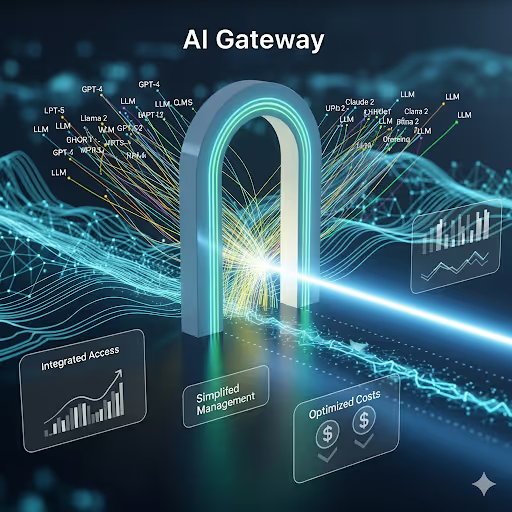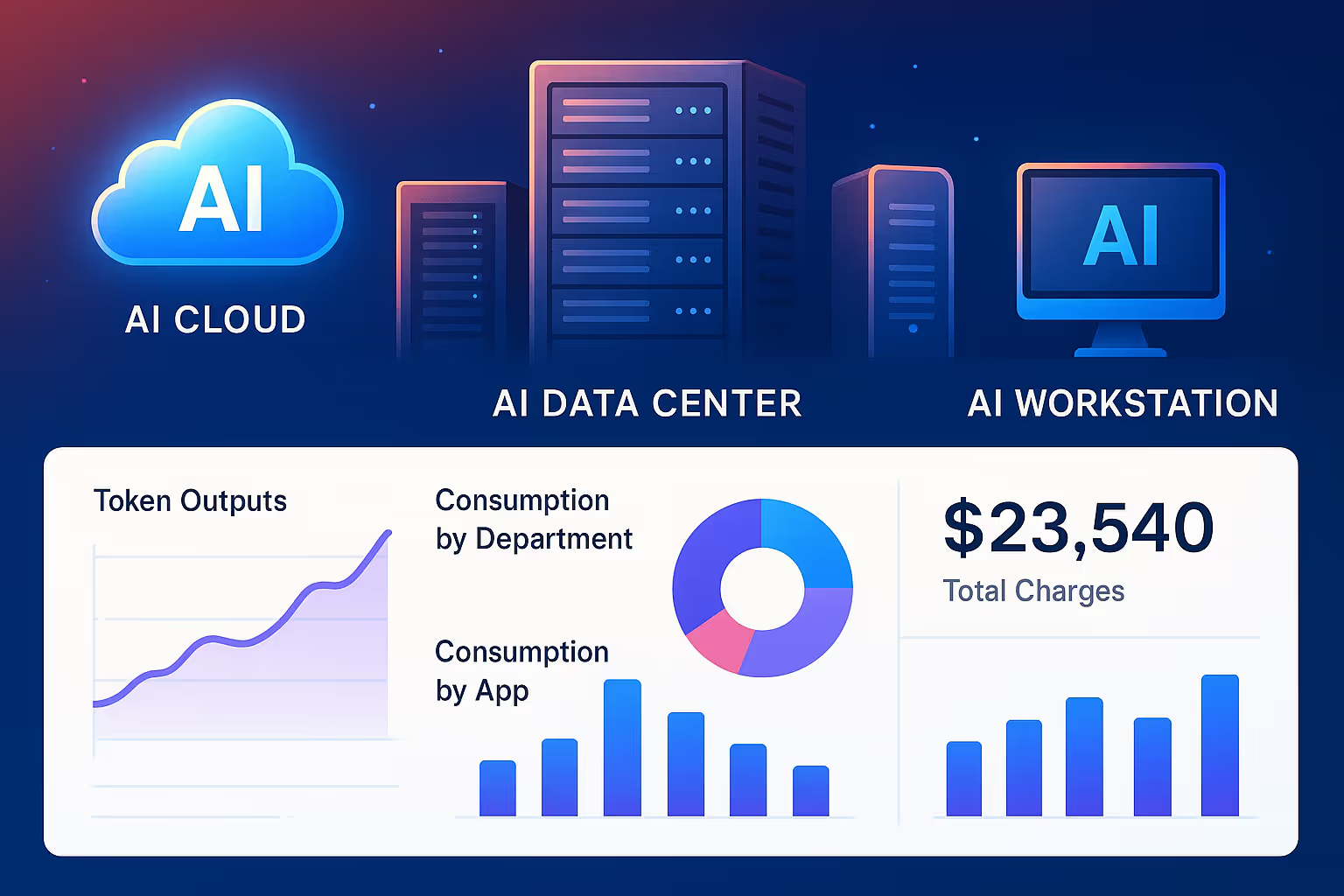See a step-by-step demo of how to meter real-time GenAI usage, then model both the internal costs and customer-facing pricing in Amberflo.
When OpenAI’s ChatGPT became available to the public in late 2022, there was a rush of adoption as the general business community became aware of the potential generative AI has to improve productivity and add value for users.
As businesses rushed to integrate with the services and offer customer-facing generative AI capabilities and features, we at Amberflo were excited about the potential impact on the usage-based pricing movement altogether.
We have a long-held belief that usage-based pricing is the most fair, transparent, and sensible for SaaS companies, and even more so for those companies looking to modernize and incorporate product-led growth strategies into their go-to-market motion. Since generative AI services are priced on a usage basis, we saw this movement as having the potential to accelerate UBP adoption even further.
Usage-Based Pricing and Generative AI - a natural fit
Usage-based pricing and generative AI are a natural fit since AI services are priced by vendors according to a pay-as-you-go model. Usage and usage patterns for these tools vary dramatically, where one customer may be regularly generating large amounts of complex text, while another may only use the service sparingly for help with marketing one-liners. Usage-based pricing accounts for this variability and allows the pricing to scale across different user profiles.
The services are priced by Gen AI vendors with a pay-as-you-go pricing model. The pricing is based on the number of characters or words generated and input (as a prompt).
Monetize your GenAI with Amberflo
Usage needs to be tracked and communicated to end users accurately, and in real time. It needs to be designed and built into the product experience right from the start and cannot be bolted on top later. This is perhaps the most profound difference between traditional (seat based) pricing, which did not need accurate metering and could be bolted on top as an afterthought, versus usage-based pricing where the necessary input of metering needs to be put in place in the tech stack, in order to generate the desired output of usage-based pricing and billing.
Inevitably, your customer facing pricing plans will need to factor in one or more of the following attributes and features, and each requires usage metering, for which raw events need to be ingested, and on demand aggregated and grouped per user, per time slice. Additionally, there is no room for error and the system needs to scale to constant changes in pricing models and use cases.
- Enforce Limits
- Detect Abuse
- Act on User Feedback
- Visualize Usage Insights
- Tokens and Custom Metrics Usage Tracking
Amberflo provides a modern Billing and Metering infrastructure uniquely set up to meter at scale any generative AI or LLM service usage, track internal costs, build and deploy customer facing pricing plans and invoice customers with line item level detailed bill.
Our platform includes built-in detailed analytics to help visualize at any dimension or attribute level usage, cost and revenue.
Analytics dashboards and models can be saved and shared with any number of users both inside and outside of your organization to ensure all stakeholders have real-time data to support their functions. If you require tighter integration of usage data for go-to-market teams such as sales and customer success, Amberflo offers a native integration with Salesforce (learn more about that here).
The final piece is surfacing this data back to the customers actually consuming the service. Amberflo is flexible and offers several options for this. Leverage our hosted Customer Portal and provide a unique URL for customers to view their usage and billing data and see all invoices. Other options include using our embeddable UI Widgets/Kit that can be easily dropped into your application (no-code) or our APIs that offer a more customized customer-facing experience.
See a step-by-step demo.





.svg)

